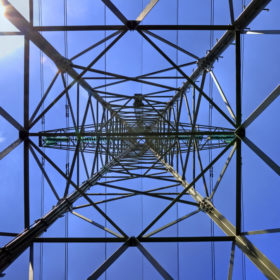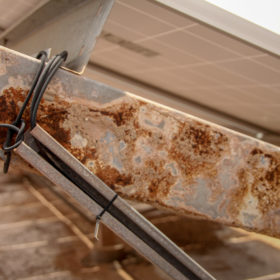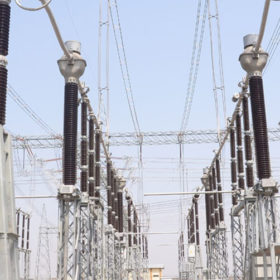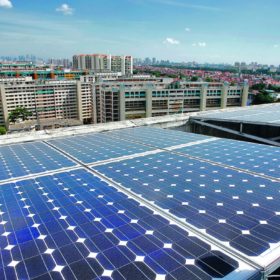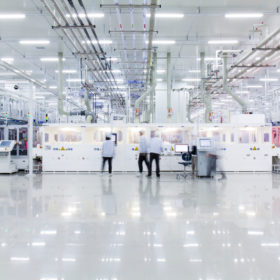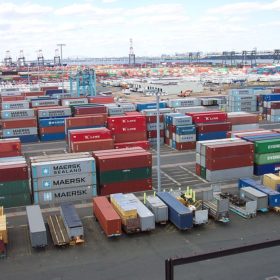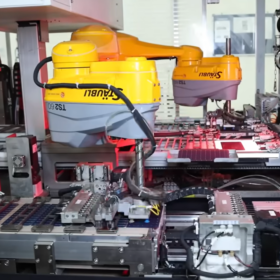Vikram Solar panels are Black & Veatch certified
After a detailed review of solar panels manufactured at Vikram Solar’s plant in West Bengal, US-based Black & Veatch concluded that its modules successfully meet the requirements of respective international standards.
Belectric commissions 26 MW rooftop solar projects for Cleantech Solar
The German EPC contractor is also building a 250 MW AC ground-mounted solar farm in Karnataka. Overall, with an already installed capacity of more than 370 MWp and other projects under implementation, it expects to cross 1 GW of installed capacity in India by the year end.
Power-surplus Karnataka state says no to new solar
India’s leading solar region has been forced to apply the brakes to new solar with its power distribution companies having fulfilled their renewable purchase obligations for the next two years. Projects driven by federal agencies will continue, however.
Tackling India’s solar waste challenge
As the nation aims for 100 GW of solar capacity by 2022 it is staring at up to 1.8 million tons of PV waste by 2050. A solar waste management seminar organized by consultancy Bridge To India in New Delhi brought stakeholders together to discuss how a PV waste management system could help.
US investor KKR and Singapore’s GIC own 42% stake in Sterlite Power’s grid trust
KKR has also applied to become a co-sponsor of the power infrastructure investment trust and plans to acquire additional 15% stake in it. The deal marks KKR’s first infrastructure investment in Asia.
BHEL tenders 170 KW grid-connected rooftop solar projects in Haryana
State-owned Bharat Heavy Electricals Limited (BHEL) has invited bids for supply, installation and commissioning of grid-connected solar rooftop PV plants of cumulative capacity 170 KWp at four locations in Haryana. The projects would be awarded through bidding followed by reverse auction. The last date for bid submission is May 10.
The long read: The what and when of P2G
Often touted as the missing link in the energy transition, power-to-gas (P2G) has not yet had its time to shine. While the technology has been around for decades, large-scale projects have been exceptionally rare. Over the last year, however, encouraging signals are emerging as research, pilot projects, and small-scale applications appear to have picked up pace. As debate continues about the tipping point for P2G in terms of conversion efficiency and costs, some market players are optimistic about near-term prospects.
Q-Cells unveils new half-cell monocrystalline panel
According to the Korean manufacturer, its Q.Peak Duo-G6 module is produced with larger wafers than those used in the G5. This is said to increase module yield by around 6% for a power output ranging from 355-420 W.
Tata Power added 200 MW renewables in FY 2018-19, another 400 MW in pipeline
The company has identified renewables, transmission and distribution, and value-added businesses such as rooftop solar, smart metering, electric vehicle (EV) charging stations and micro grids in rural areas as key growth areas.
Huawei remained world’s largest inverter provider in 2018
The Chinese string inverter giant was the world’s biggest supplier for the fourth year in a row, despite ceding 4% of its global market share, according to analyst Wood Mackenzie. Asia-Pacific was again the largest inverter market, accounting for 64% of global shipments.


